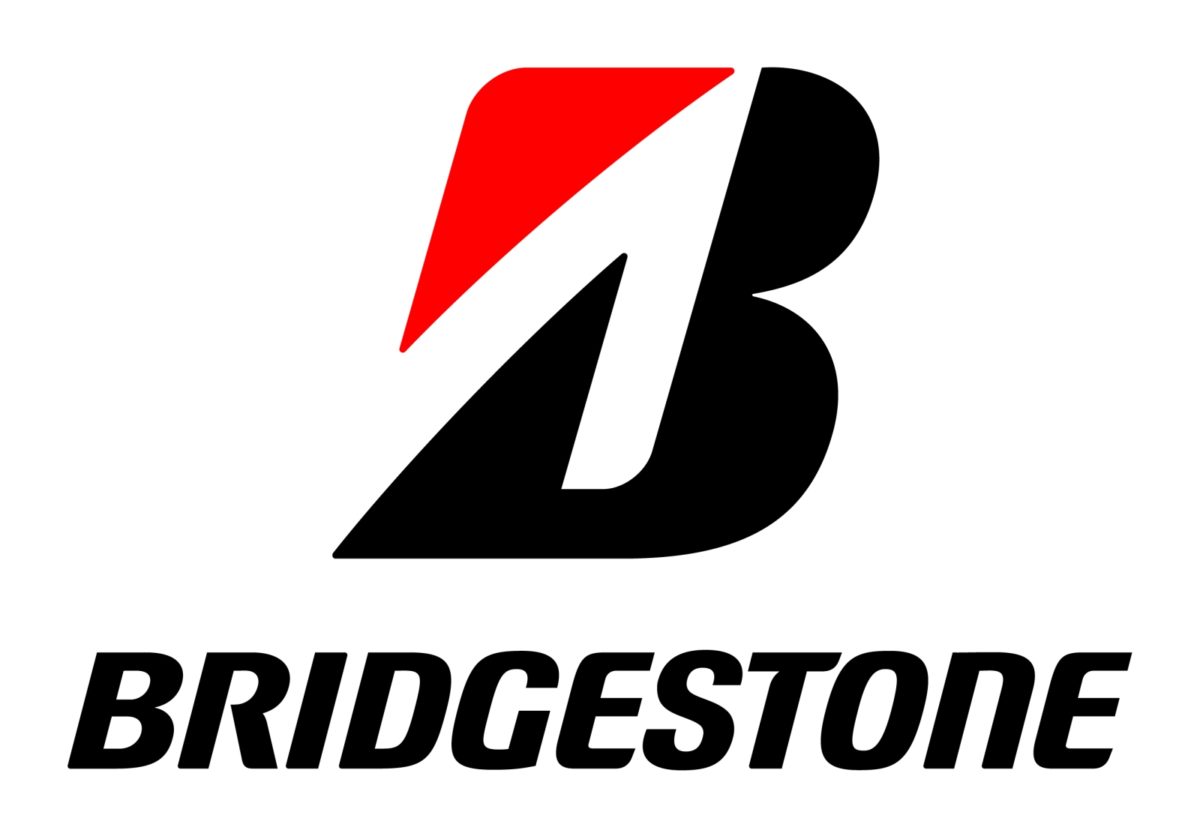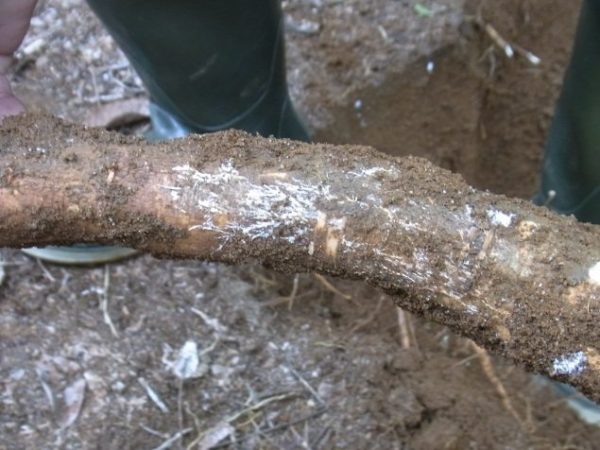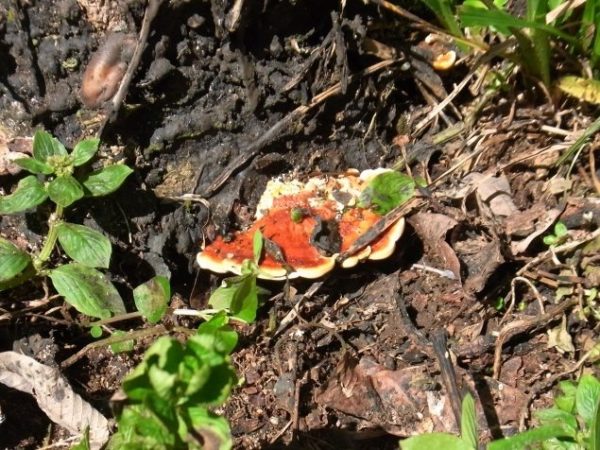
In order to meet the rising demand of natural rubber, Bridgestone is supporting to conserve para rubber trees – primary source for natural rubber used in tires and other rubber applications. Their efforts have resulted in establishing a technique that can be used to diagnose white root rot disease in para rubber trees. The disease infects the trees’ root and destroys its system, causing the para rubber tree to wither. These para rubber trees provide natural rubber used in tires and other rubber applications. The company claims that the newly technique is easy, quick, and accurate; further help them in contributing a more stable supply to the worldwide demand.
The need for tires is expected to continue to expand in the future due to increasing world population and the proliferation of motorized vehicles. This will result into an increase in the natural rubber consumption. More than 90% of the world’s natural rubber is grown in Southeast Asia and the hazardous white root rot disease continues to spread due to pathogens in the soil. Currently the said disease can only be identified by visual inspection therefore detection accuracy is low. Visual inspections can only be performed by time-consuming process of digging into the soil around the tree. The delay often leads to misdiagnoses and causes substantial damage.
Bridgestone has been cooperating with the Indonesian Agency for the Assessment and Application of Technology and various universities to promote development of technologies that diagnose the mentioned disease in a prompt manner. The established technique is named as the LAMP (Loop-Mediated Isothermal Amplification) Method. It is gene amplification technique is developed by Eiken Chemical Co. Ltd. It amplifies specific DNA arrangements of pathogens in the soil to detect their presence. The company has developed a reagent kit based on the genetic structure of the disease-causing pathogens that can confirm the presence of the pathogen in the field easily. The field tech can be utilized regardless of knowledge and experience, damage control and maintenance can be performed easily. In this way, the LAMP Method is expected to have an enormous effect in terms of plantation management as well.
Going forward, Bridgestone will continue to cooperate with universities in both Indonesia and Japan to further reinforce and promote the development of technologies to improve natural rubber production. The Company will also contribute to the conservation of para rubber trees and the stable supply of natural rubber. Through various R&D activities for raw materials, including the development of technologies, Bridgestone aims to make raw materials for tires with 100% sustainable materials by 2050.



